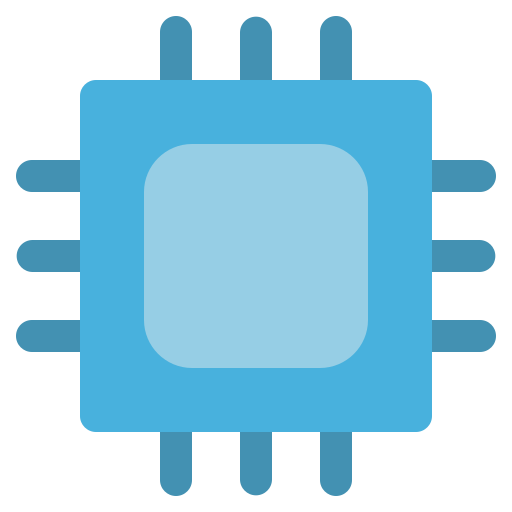

It was always heavily implied


It was always heavily implied


I once was reading a review on UserBenchmark comparing NVIDIA and Intel GPUs, and the summary had a rant disparaging AMD GPUs… Like chill, they weren’t even in this…
Great, now I have The Aquabats stuck in my head
Even Apple isn’t great with that. They often have different models for earlier and later in the year, various variants of each size, and little distinguishing features other than model number- same as those monitors.
It just isn’t as visible on their products as much, because they at least try to make it more simple for consumers.but monitors often have model line, size, and resolution short hand to differentiate as well.
‘/s’ far predates karma and upvote systems


Now THAT should be in the Toot Oriole


Oh, no! They’ve fallen for the “don’t pre-order” hype!


Yeah, this for sure. I also really prefer cooler and cold weather, but a lot of people seem to prefer warmer weather. Meteorologists don’t idolize warm weather, they talk that way about warm weather because that’s how most people view it; they are catering to their audience.
Though, I also don’t think it’s uncommon for people to prefer colder weather, either. It seems a pretty close split between hot and cold weather, with the majority of people liking it somewhere in between. The language around cold weather is just a little different, and there are less outdoor activities that are focused on colder months. I grew up in an area with resorts for tourists from a large city, and the local weather reports absolutely talked about good weather for skiing and such in the winter.


They don’t launch today
Yeah, that might be more accurate. Most of what I was thinking was in terms of MMORPG PvP arenas, or something like Sea of Thieves when you have two ships that get locked in a prolonged battle. Having one really good player going against a group of semi-coordinated average players can be a lot of fun, too! Like everyone ganging up on the really good Smash player (and still losing against them).
When there is no challenge at all, that’s when it gets dull.
100% agree! Sure, it might be disappointing if you spend 15 minutes in an intense back and forth before eventually losing, but it feels good! If one side is going to absolutely dominate the other, though, at least let it be over quickly.


I agree that it would destroy the reason many people use it, but they aren’t outlawing Signal specifically. What they are doing is arguably worse, but this isn’t an “anti-Signal” action.


Yeah, edit wasn’t there when I saw and started writing the comment. Was trying to give some hope, but seems like bringing to kennel/shelter and the chip “unfortunately cannot be read” would be the best option (unless you can adopt). Assuming the dog comes back sometime in the future.


Illegal unless they install the backdoors. They could choose to do that instead of leaving Sweden, but they are choosing to leave Sweden.


Not trying to dismiss your fears, because I’d feel very similarly, but just trying to offer an alternative. The dog could have been missing for a bit of time before she manager to get into the garden, and maybe she isn’t suited to fending for herself in whatever environment you live around. Dogs aren’t always able to fend for themselves if they are used to being fed by humans and then find themselves in the wild. If the vet didn’t mention anything about signs of abuse and it’s just from them being underfed and skittish, maybe she isn’t being neglected at home, she just hasn’t been able to feed herself since getting out.


The only part that weirds me out a little is that those are the only messages! OP will have to tell us, is this like a chat dedicated just to egg requests, or does their boss not message them with anything else over text, ever?

Well of course, measurements will get more accurate as it’s studied longer, and everyone knows it’s much too difficult to train highly educated and skilled astronauts how to be drillers!


You could have written “sorry, watching a movie right now” and then stop responding or reading messages they send you.
Hell, even if you remove the “sorry” part of the message. At a certain point, you need to take accountability for how you write messages, despite being in a bad place mentally at the moment. Maybe they were frustrating you by continuing to message you while you were busy (and it does sound like they had prior knowledge you were busy with a movie), but it also requires that you were continuing to engage with them despite being frustrating. Nothing was preventing you from simply not responding until the movie was over.


Many of us never believed in American Exceptionalism, since we could see this country slipping backwards while the rest of the world continued to progress.
Madam I’m Adam